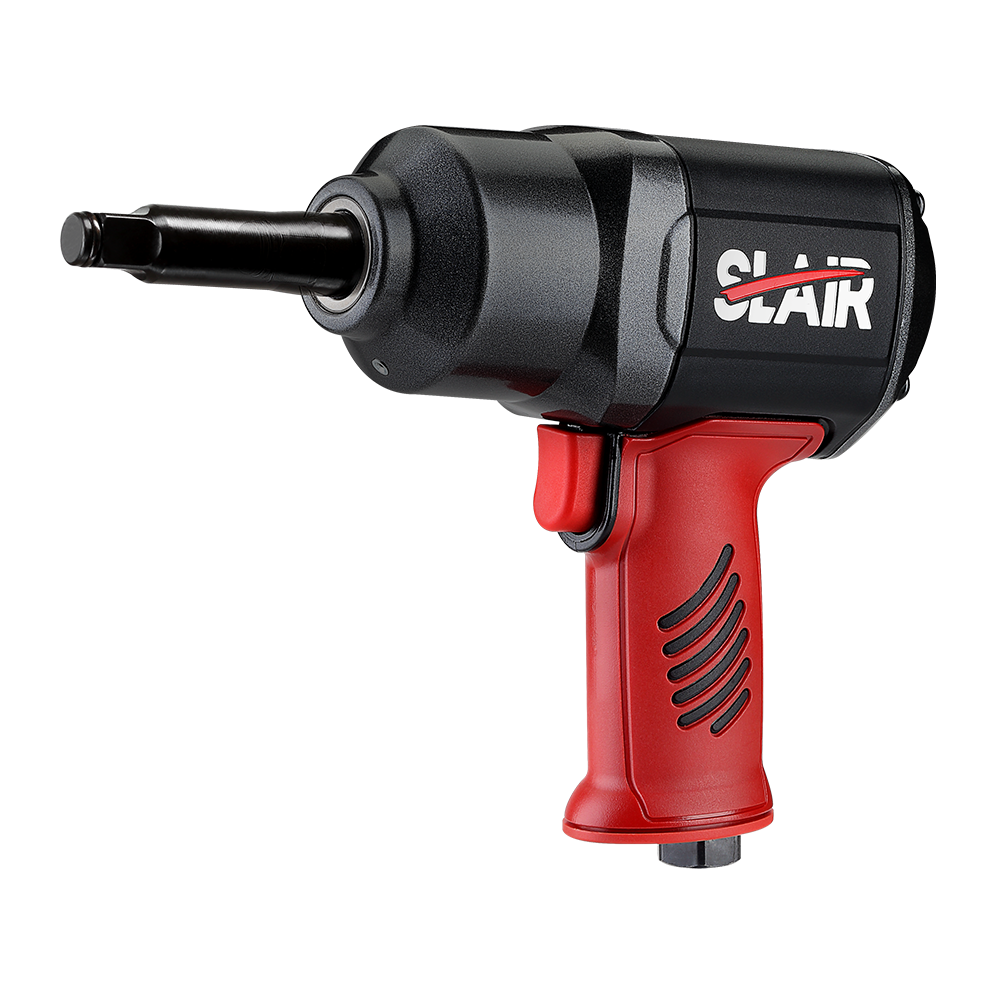Air chamfering machines feature adjustable tool heads, which allow for precise changes in the chamfer angle, depth, and width. This adjustability ensures that the machine can accommodate a variety of workpieces, whether they are simple, flat surfaces or intricate, irregular shapes. For example, a part with angular cuts, curved edges, or varying thickness can be easily handled by adjusting the settings on the tool head. The ability to customize the tool's settings for different shapes helps improve efficiency and reduces the need for multiple machines or setups. The flexibility in tooling makes it particularly effective for applications requiring customized chamfering processes, where the angle and depth may vary across different parts or components.
High-precision air chamfering machines are equipped with advanced control systems that provide operators with the ability to fine-tune the chamfering process to extremely accurate specifications. These control systems include digital displays, micrometer-style dials, and automated feedback mechanisms that monitor the chamfering process in real time. The ability to input precise values for chamfer angle, depth, and finish allows operators to achieve high levels of accuracy, even on complex or irregularly shaped workpieces. For applications where tight tolerances are essential—such as in aerospace or medical device manufacturing—the air chamfering machine ensures that each chamfer meets stringent requirements consistently.
One of the standout features of air chamfering machines is their ability to handle workpieces with irregular or curved surfaces. Unlike traditional mechanical machines, air-powered chamfering systems provide smooth, controlled force, which makes them highly effective at applying uniform chamfers to complex surfaces without introducing the risk of material deformation. The tool heads of air chamfering machines can be adjusted to match the curvature of the surface, allowing the machine to maintain consistent contact and achieve a precise chamfer across different geometries. This capability is crucial in industries that deal with non-flat or non-standard parts, such as automotive, aerospace, and heavy equipment manufacturing.
Air chamfering machines are known for their ability to operate at high speeds while maintaining accuracy. The air-powered system can quickly rotate and apply pressure to the workpiece, making it suitable for high-volume production environments. Despite the high-speed operation, air chamfering machines are designed to retain precision, even when working with complex geometries. The pneumatic system ensures a smooth and consistent force application, preventing the machine from losing its accuracy at faster speeds. This combination of speed and precision makes air chamfering machines an excellent choice for industries requiring fast turnaround times without compromising on quality.
Another benefit of air chamfering machines is their capability to handle small and intricate chamfering tasks. When dealing with parts that have fine grooves, narrow slots, or small-radius curves, air chamfering machines can be equipped with specialized tooling to work in tight spaces. These tools are specifically designed to fit into small or detailed areas where conventional machinery may not be effective. This versatility is ideal for parts with complicated or highly detailed designs, such as connectors, mechanical components, or any part that requires chamfering in confined spaces or at precise angles.
Air chamfering machines can be further customized to handle highly specialized shapes that require bespoke tooling or fixtures. For example, a manufacturer need to chamfer a workpiece with an asymmetrical or highly intricate design that standard machines cannot process. In these cases, the air chamfering machine can be fitted with custom fixtures or clamping systems that hold the workpiece in place at the correct angle, allowing for precise chamfering of each part. This flexibility makes the air chamfering machine an excellent choice for highly complex applications, where off-the-shelf solutions may not be sufficient.





 English
English 中文简体
中文简体 русский
русский Deutsch
Deutsch Português
Português Español
Español
















